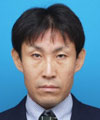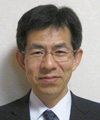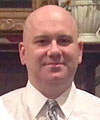What's escar Asia
The automobile is entering a period of unprecedented changes and challenges. Vehicles today are complex machines which can contain over 70 Electronic control Units (ECUs), networks to support these units, and a host of external interfaces, both wired and wireless. Wired interfaces can include USB, CD/DVD, Bluetooth, Wi-Fi, Radio Frequency, Dedicated Short Range Communications (DSRC), Near Field Communications (NFC), Global System for Mobile Communications (GSM)/ Code, Division Multiple Access (CDMA), and Universal Mobile Telecommunications System (UMTS). The wireless interfaces can be used to support a host of features including remote tire pressure monitoring, telematics, and smart key keyless entry/ignition. The continuing trend in vehicle architecture is a shift from an isolated closed loop structure to more and more open systems. Increasing feature sets, interconnectedness with internal and external networks and increasing complexity can also introduce security flaws that may be exploitable by various adversaries such as "script kiddies", dishonest drivers, criminals/terrorists, corporate espionage, and even the vehicle’s owner.
A typical new automobile has more than 145 actuators, over 4000 signals, and 75 sensors- radar, sonar, cameras, accelerometers, temperature and even rain sensors- that produce more than 25 gigabytes of data per hour. That data is analyzed by more than 70 on-board computers. The actuators combined with signal information from the sensors can alert the driver to potential dangers, and help with things like parking or staying within highway lane markings.
The next phase of automotive technology involves what we call sensor fusion where engineers learn how to blend multiple signals and add information from the cloud to help a car "think" and act in a way that keeps consumers connected and makes their lives easier. This type of technology requires complex cyber security solutions.
The escar Conference which has been held in Europe for the past 12 years has established itself as the premier forum for information, discussion and exchange of ideas in this innovative field. The 2nd escar Asia will be held in Tokyo, Japan.


















